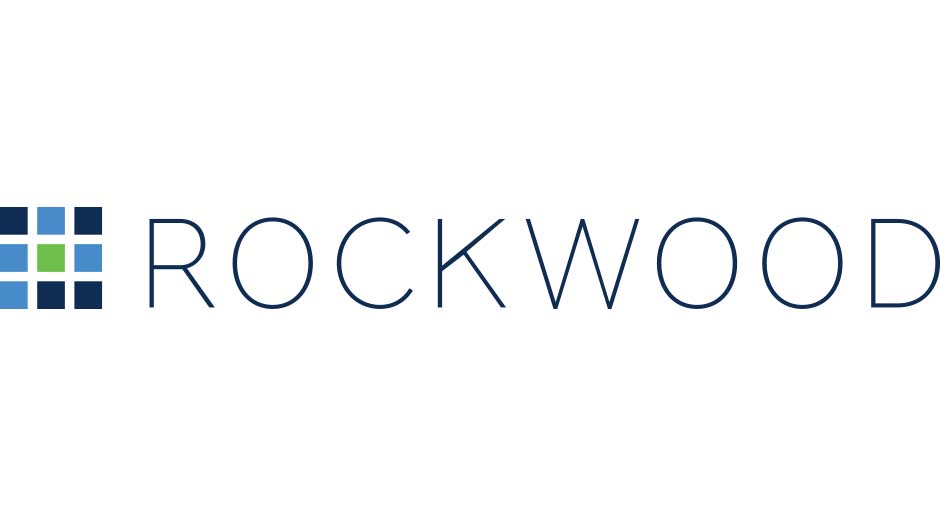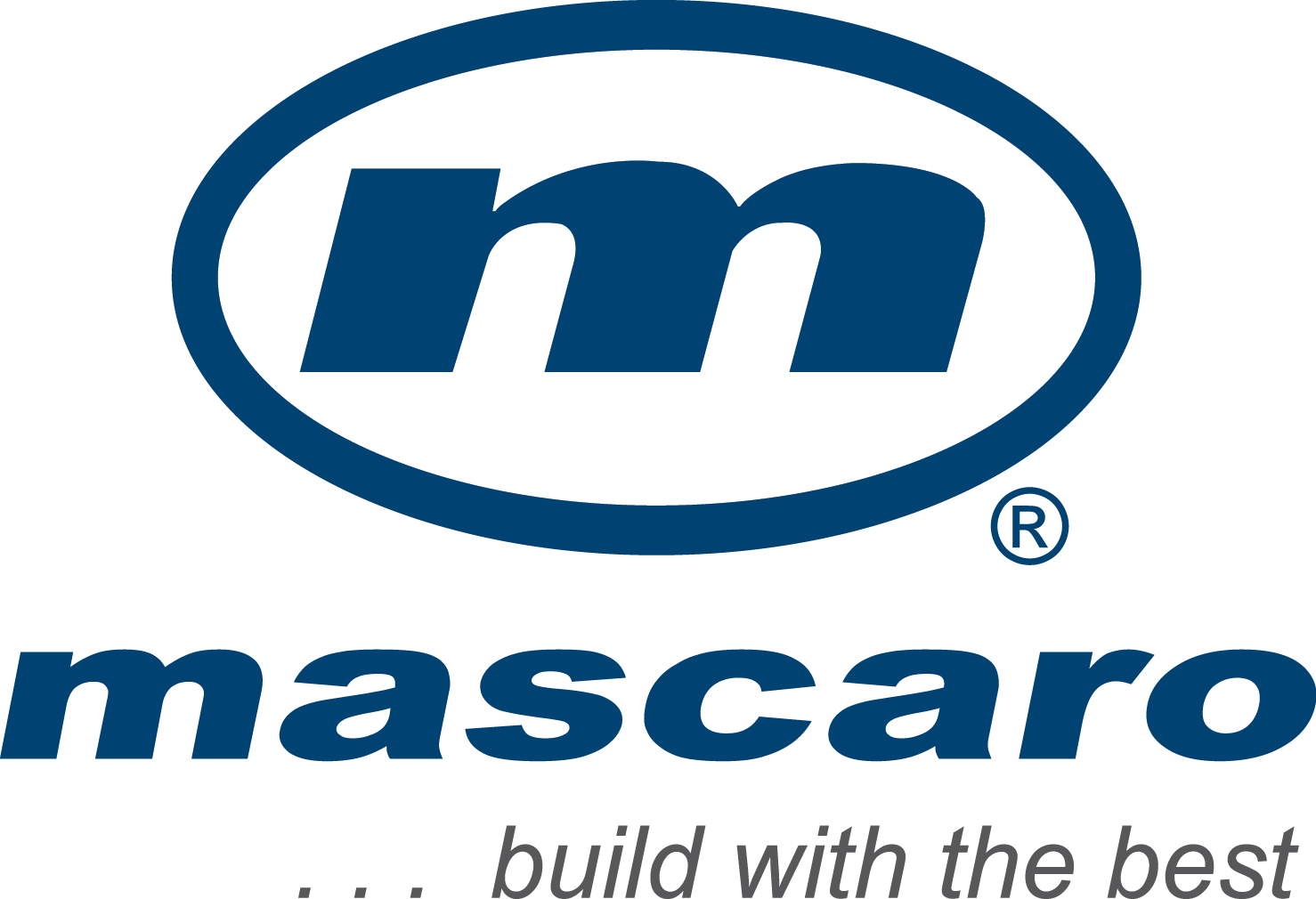Moving Performance Management Online
Rockwood's modernized process increased employee clarity on performance and development in a remote work world.

A three-step process starting with goal setting sessions between employees and managers, moving into a mid-year check-ins to evaluate progress, and wrapping up with year end reviews to reflect on accomplishments.


When employees need to improve performance, PerformYard helps drive the overall discussion. With PerformYard, we can say ‘here are the facts,’ and it makes these conversations smoother.


- Mid-year check-ins
- Consistent goal setting
- Annual reviews
- Qualitative performance discussions
Meet Hailey
Hailey Gruetzmacher is an HR Generalist at Rockwood Capital. She’s been at Rockwood since Spring 2020, when the pandemic forced Rockwood to overhaul its review process. Hailey is passionate about serving as a resource for fellow employees, and she saw this overhaul as an opportunity for her to implement a transparent and consistent review system that helped employees take ownership of their professional development.
About Rockwood Capital
Rockwood is a private real estate fund that has invested over $32 billion on behalf of over 130 institutional investors. Unique among private equity firms, Rockwood has a growing debt funds component, which has thrived during the COVID-19 recovery.
Listening to Hailey speak about Rockwood, you immediately understand how Rockwood attracts and retains a talented team. The company is privately held through its ten partners, who all have functional roles within the firm as directors or heads of major divisions. This structure ensures that the decision-makers at the company are deeply invested within the firm’s success. This commitment to success is reflected in the high tenure of its employees: a rarely seen eight years on average.
Hailey described Rockwood as, “a very sophisticated firm...we have a really smart group of people, and it’s definitely an elevated group.” The firm, which has around 80 full-time employees, builds out each investment team starting from the partner level all the way down to associates. Complementing the investment wing of the company are the IT, financial operations, client services, and HR teams. All of these teams manage their professional development process through performance reviews, ensuring that the company continues to recognize and reward the highest-performers.
The Challenge
Rockwood had always done a three-step review process: an initial goal-setting meeting, a mid-year check-in, and then an end-of-year review. Hailey described the thinking behind this process as ensuring that employees were not blindsided by performance discussions at the end of the year. The three-step process guaranteed that employees owned their goals, understood where they stood in relation to achieving their goals, and then had the opportunity to evaluate themselves on their yearly progress.
In March 2020, as Hailey was starting at Rockwood, the pandemic caused Rockwood’s workforce to transition to work from home. This meant that the three-step review process would need to shift away from an in-person process to an online process. This transition presented an opportunity to adapt everything to an online workforce. The ideal process would be streamlined and free of traditional paper forms -- all performance data could be moved to a single, easily-accessible digital space.
Why PerformYard
Hailey and the HR team were looking for a performance management software that allowed them to easily store and access data from a single platform. “Easy is what we wanted,” she said. “We wanted something streamlined, something credible. And that’s how we landed with PerformYard.”
Beyond that, Hailey mentioned the importance of “having a performance management system that we could easily expand as our need grew.” Rockwood needed a performance management tool that could grow in tandem with them.
Rockwood had been keen on evolving and expanding their performance review process down the line, trending away from the direct report/manager review to a 360 review process. As PerformYard had the capability to handle much more than a 3-step review between manager/direct report, Hailey and her manager, Ashley, were particularly keen on working with PerformYard. “We wanted to be able to utilize and maximize PerformYard as much as we can.”
The Process
At Rockwood, performance management is a three-step process that plays out over the year.
Each January, managers and employees sit down and craft a list of 3-5 goals that an employee will target over the course of the year.
“We want attainable goals,” Hailey mentioned. These goals should ultimately derive from and support the firm’s yearly goals, which are presented to the company at an all hands call at the end of each year.
The second stage is a mid-year check-in that allows managers and employees to gauge their progress over the last half-year. Since the work environment changed so aggressively due to COVID-19, this mid-year check-in took on a more holistic component.
“It was really a check-in. ‘How are you?’ ‘Is there anything that I, as a manager, can do to help you?’”
Beyond seeing how managers and employers could help empower employees, the check-in also serves as a way to determine if their employees are on track to meet their goals.
“Are these goals still applicable? Do you need to make any new goals?” Hailey added, “If someone is struggling, [the mid-year check-in] is also a really good time to talk about that.” Once this check-in is complete, both the manager and employee fill out a brief, 3-question form in PerformYard to ensure goals are updated appropriately.
The last step is the year end review. This review includes both a self-evaluation and a manager evaluation that asks employees to look back on their progress over the last year, and then reflect on three general principles:
- Did you meet your goals?
- How effective were you? (Rating)
- When you are at your best, how would you rate your effectiveness?
HR then examines both the self-evaluation and the manager evaluation to get a detailed overview of the employee’s performance. “That’s where we get to see the discrepancies,” Hailey mentioned. “If someone thinks they’re a five, and the manager thinks they’re a two, then obviously there’s a problem there.”
The final, combined performance review, ultimately is used to determine bonuses as well as goal setting for the next year.
The Results
Adopting PerformYard has enabled Rockwood to take the review process into the remote-work culture.
“PerformYard is super easy to navigate,” Hailey mentioned, adding that transitioning from paper-based reviews to a performance management software has reduced the risk of a lost review. “If you lost one piece of paper, that’s one person’s review” This data security, along with PerformYard’s user-friendly interface, has inspired all of the partners to swap to PerformYard -- something Hailey touts as a major accomplishment.
The other major benefit of PerformYard for Rockwood has been the increase in employee clarity into the review process.
“When employees need to improve performance, PerformYard helps drive the overall discussion. With PerformYard, we can say ‘here are the facts,’ and it makes these conversations smoother. Employees are open to improvements when they have concrete facts.”
Employee clarity into their performance, their goals, and their standing in the organization is ultimately the biggest benefit that Rockwood has gained from using PerformYard.
“It just makes things smoother.”




